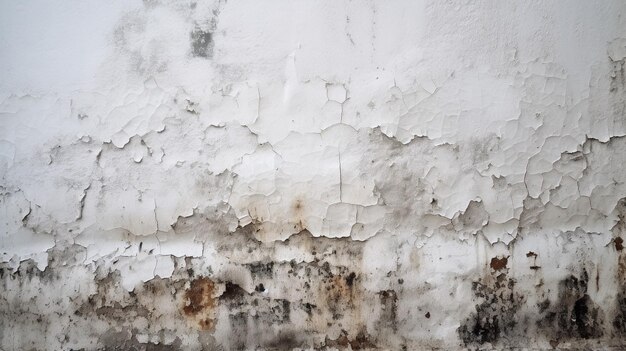Real Facts About Mold and How It Affects Us

Mold, a simple Google search will give us millions of results from the most realistic to the most extravagant and confusing. That is why in this post we set ourselves the goal of providing the most clear and concrete as well as truthful information.
What is mold?
The simple answer is that Mold is a fungus, being from the fungal family so it is believed that there are tens of thousands to perhaps three hundred thousand or more different types of mold. Like all fungi, these are found both in closed environments and in open and outdoor environments; To develop, these organisms need certain favorable conditions that we already mentioned in past posts, but to make a simple summary, these conditions are: warm temperatures, wet and humid spaces.
The reproduction and expansion of mold is through spores (spores are tiny cells that spread in the environment and “infect” new places that meet the desired conditions.
However, spores are more resistant and resilient than mold since they They can remain in dry, cold, extremely hot and similar environments. Mold grows and develops in all climates, throughout the year but may be more prone to appear in warm, humid and rainy climates and seasons.
What types of mold exist?
Since there are thousands and thousands of varieties of mold, we will focus on those most frequently found in closed environments.
Cladosporium: The speed of its growth varies according to the conditions and environment, the most common colors of this type of mold are white, gray, brown and black.
Penicillium: It is one of the varieties of mold that grows and expands the fastest, it has a texture similar to a soft powder.
Alternaria: Its growth and expansion is accelerated, it has a diffuse texture with colors between gray, brown, green and black.
Aspergillus: It is a filamentous fungus whose appearance depends on the genus, it has different types of ascospores. It is black on the surface and yellow or green on the inside.
Mucor: Slow growing but very noticeable, it has the appearance of cotton or flecks of white threads.
What are the risks of having mold in our home, office, etc.?
Some people are sensitive to molds. Exposure to molds in these people can cause symptoms such as nasal congestion, eye irritation, or wheezing. Other people who have severe mold allergies may experience more severe reactions. Severe reactions can occur among workers exposed to large amounts of molds in the workplace.
Among the severe reactions we find: Sinus Congestion, Asthma (can be severe), Sore Throat, Sneezing, Itchy and Watery Eyes, Hypersensitivity, Skin Infections, Sinus Infections, Possible Ear Infections, Possible Skin Lesions, Possible Ulcers, Upper Respiratory Infections, Toxicosis (poisoning), Toe Nail Infections, Hay Fever, and some rare infections.
What can I do to prevent the growth and spread of mold in my home and/or office?
One of our posts deals specifically with this topic and we invite you to take a look at it. However, we recommend controlling humidity levels, looking for and solving leaks or water leaks, avoiding having carpets and the like in bathrooms and places with poor ventilation, and frequently cleaning bathrooms, kitchens and similar spaces.
For your safety, we offer award-winning, affordable mold removal treatments to eliminate any type of mold risk in your home and/or office.
There is no job we can’t do